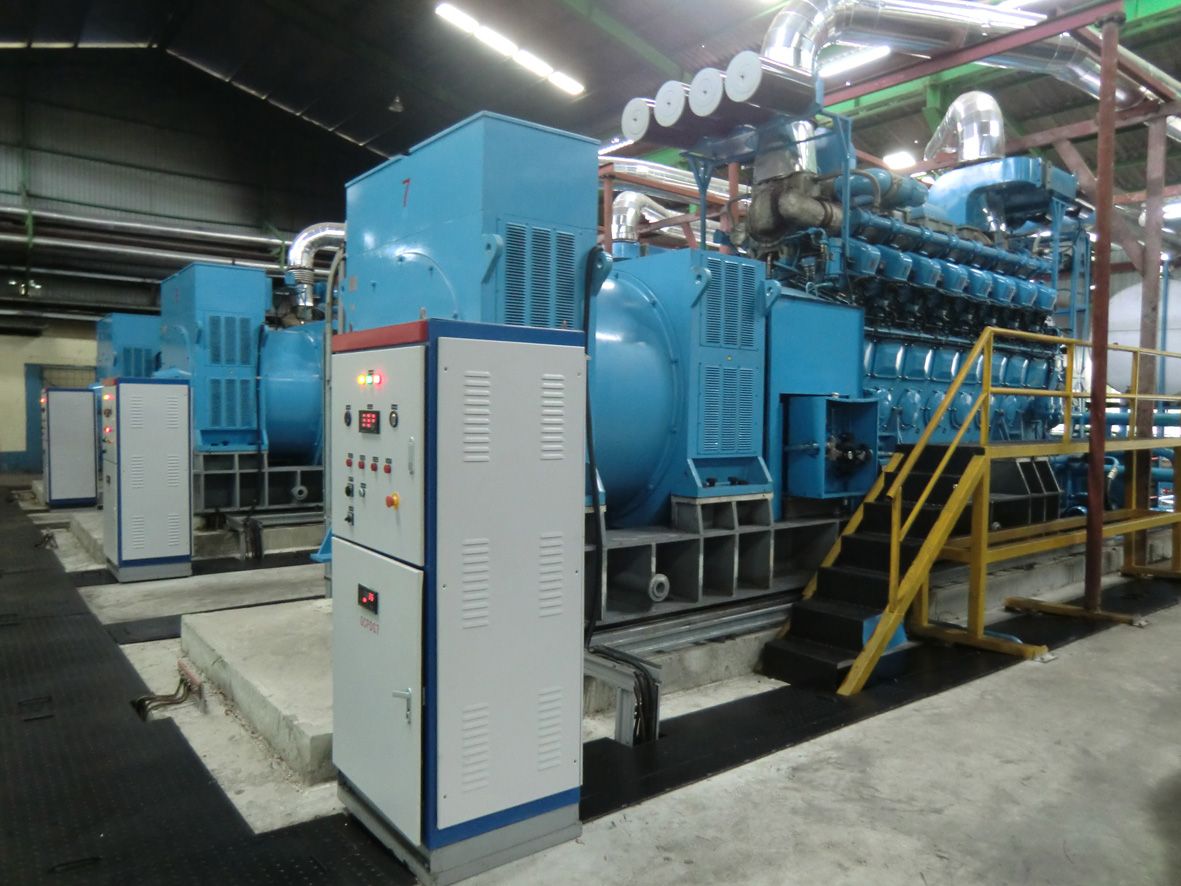

The following map identifies the locations of power plants and highlights the key demographics of people living within three miles of those plants. Map of Power Plants and Neighboring Communities If a community is at or above the 80 th percentile nationally, it means that the community's population for a given demographic (for example, low-income) is an equal or higher percentage than where 80% of the U.S. Graphing Power Plants and Neighboring Communities.Mapping Power Plants and Neighboring Communities (direct link to map).The following sections are presented below: These key demographics and information about nearby fossil fuel power plants can be used as a general indicator of a community’s potential susceptibility to these types of environmental exposures. Population with less than high school education,.

To help answer questions about environmental justice in the communities around power plants, information on the following six key demographics (e.g., demographic indicators) and demographic index (average of low-income and people of color populations) is presented below through interactive maps and graphs: Minority, low-income, and indigenous populations frequently bear a disproportionate burden of environmental harms and adverse health outcomes, including the development of heart or lung diseases, such as asthma and bronchitis, increased susceptibility to respiratory and cardiac symptoms, greater numbers of emergency room visits and hospital admissions, and premature deaths.ĮPA is committed to Environmental Justice (EJ) - the fair treatment and meaningful involvement of all people. The power sector has significantly reduced many of these pollutants over the past two decades, but important health and environmental concerns persist.


 0 kommentar(er)
0 kommentar(er)
